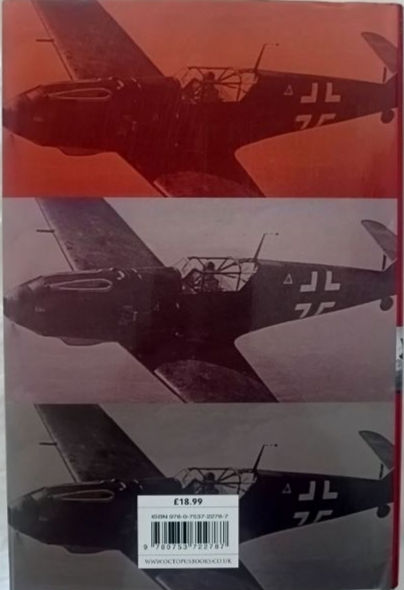Reducing Gun ViolenceResults from an Intervention in East Los Angeles (2003) By George Tita, K. Jack Riley, Greg Ridgeway, Clifford A. Grammich, Allan Abrahamse, Peter W. Greenwood
Violent crime, especially gun homicide, is concentrated in particular locations and populations, affects cities more than other areas of the United States and is more likely to be committed by and against young males. RAND was asked to assess whether an initiative to reduce gun violence that had been successful in Boston could be adapted for use elsewhere. Researchers selected a 15-square-mile area in East Los Angeles where inter-gang rivalries were prevalent for a similar intervention. The intervention included increased police presence, more stringent enforcement of housing codes for properties used by gang members, more stringent enforcement of parole and probation conditions, referral of gun law violations to federal prosecutors, and rapid application of these elements after each violent incident — in addition to social service components. However, a walk-by shooting and resulting double homicide triggered implementation of the intervention before the latter component was widely available. The researchers found that the intervention helped reduce violent and gang crime in the targeted districts, both during and immediately after implementation. The intervention did not disperse crime from the targeted areas and gangs to others; crime decreased in surrounding communities as well. However, the intervention was not implemented as designed, and it never developed in response to changing needs. For future similar projects to work beyond a trial period, city leaders should establish processes to support agencies in such collaborations, and more information on project costs should be collected.
- Soft Cover
- 56 Pages
- In Good Condition
































